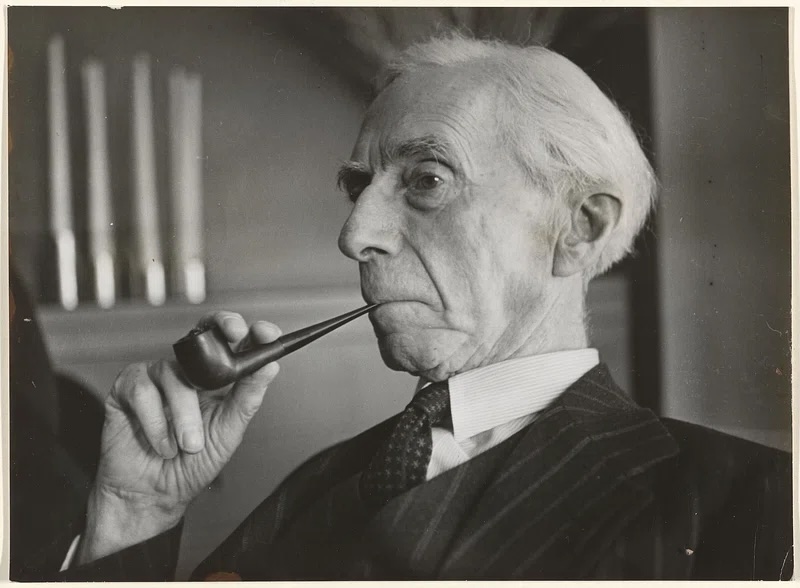Bertrand Russell (1872-1970) was one of the 20th century’s great philosophers. The Nobel Prize-winning author was staunchly anti-war and famously atheist – which is why he put a teapot into orbit around the sun.

Imagine, between the Earth and Mars, that there is a china teapot that also orbits the sun. Since it would be too small to track, how would you know it was there? Moreover, how would you prove to others that the teapot existed?
This is the premise of philosopher Bertrand Russell’s analogy for belief in the existence of God, often called The Celestial Teapot. Russell claimed that “nobody would be able to disprove my assertion” about the teapot, “but if I were to go on to say that, since my assertion cannot be disproved, it is intolerable presumption on the part of human reason to doubt it, I should rightly be thought to be talking nonsense”.
The Celestial Teapot was his argument against religious doctrine that claimed the existence of God. Basically, he says that, just like the teapot in orbit, the burden of proof should be on those who asserted the existence of God (or gods) rather than unbelievers carrying the burden of disproof.
Of course, belief in a divine being is different from belief in a teapot; teapots, after all, have a physical manifestation that can in principle be tangibly proven to exist (whether or not in orbit around the sun) and divine beings (perhaps) do not. But the teapot analogy became entrenched in his writings, even later taken up by atheist authors like Richard Dawkins.
No one knows why Russell used a teapot for his philosophical argument – perhaps one was sitting in front of him as he grasped for an analogy, even though he was more often photographed pipe in hand – but the fanciful notion now remains in my mind of a celestial teapot drifting through space around the sun.